When shooting into the sun or other light sources, you may notice that some of your images have a unique quality to the light – this is known as a “starburst” effect. This can create a very strong focal point and add an entirely new dimension of interest to your image.
This effect is not just limited to the sun – any light source has the potential of creating a starburst such as street lamps, headlights, or even reflected light. This technique is especially useful at night, as the many lights that decorate an urban scene can become a starburst, as seen below.
In this article, we will look at what is a starburst effect, how it is created and how to create a starburst effect in photographs.
What Does The Starburst Effect Do?
Starburst effects are caused when shooting into bright sources of light. Because of this effect, the bright point source of light does not look like a bright dot, but instead looks star shaped with light spikes emanating from the centre of the light source. So, what causes the starburst effect? Read on, to find more about it below!
What Causes A Starburst Effect?
When you have a light source that is significantly brighter than the surrounding environment (such as the sun during the day, or almost any kind of light at night), the starburst effect becomes more apparent – but there's more to it than that.
To make a long explanation short, a smaller aperture will exaggerate the rays of light you see when compared to a wider aperture. When your aperture becomes small, the blades will create stronger angles which produce this effect as the light hits your sensor. When you shoot wide open, your aperture will be more round, giving you a softer light source.
The above optical phenomenon is called diffraction which is the bending of light waves around the edges of obstacles. In our case, the obstacles are nothing but the aperture blades. The number of rays the starburst produces depends on the number of aperture blades in your lens. Different lenses have different numbers of aperture blades and different focal lengths and this will affect how the starburst looks when shooting with each lens.
Note: Diffraction is a phenomenon that can lead to killing the sharpness in an image, but, in this article we are talking about how a negative phenomenon can be used as an advantageous factor and included as a creative element in your photography!
Let's look at the difference between a wide aperture and small aperture:
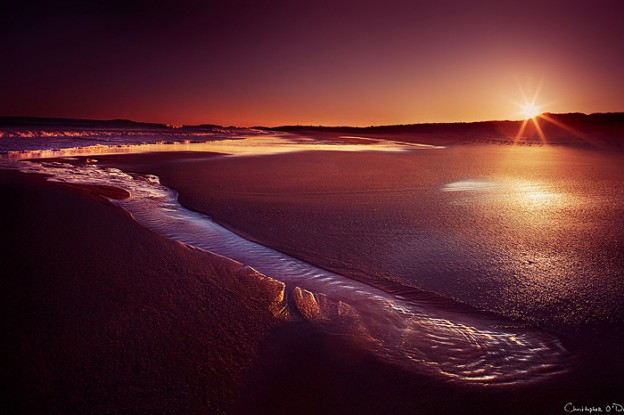
The photo above, shot at f/16 (small aperture), shows a great example of a starburst effect. The rays are strong and prominent which create a dramatic focal point.
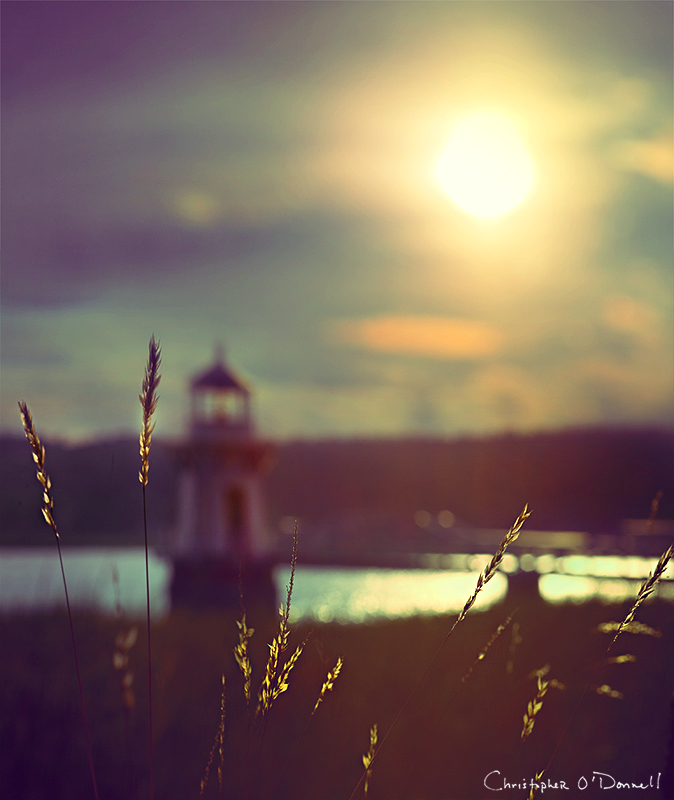
In contrast, the photo above was shot at f/1.8 (wide aperture) with the focus on the foreground wheat grass. Notice how soft the sun is when compared to the previous image.
Since you're using a smaller aperture to get that starburst, most of your image should be in good focus. However, for the sharpest image possible, try to lock the focus on your main subject so that your focal point is tack sharp. You can find a more detailed explanation on how to focus properly by clicking here.
Starbursts At Night
The starburst effect isn't limited to the sun – any light source can produce these rays, even when you're shooting at night.
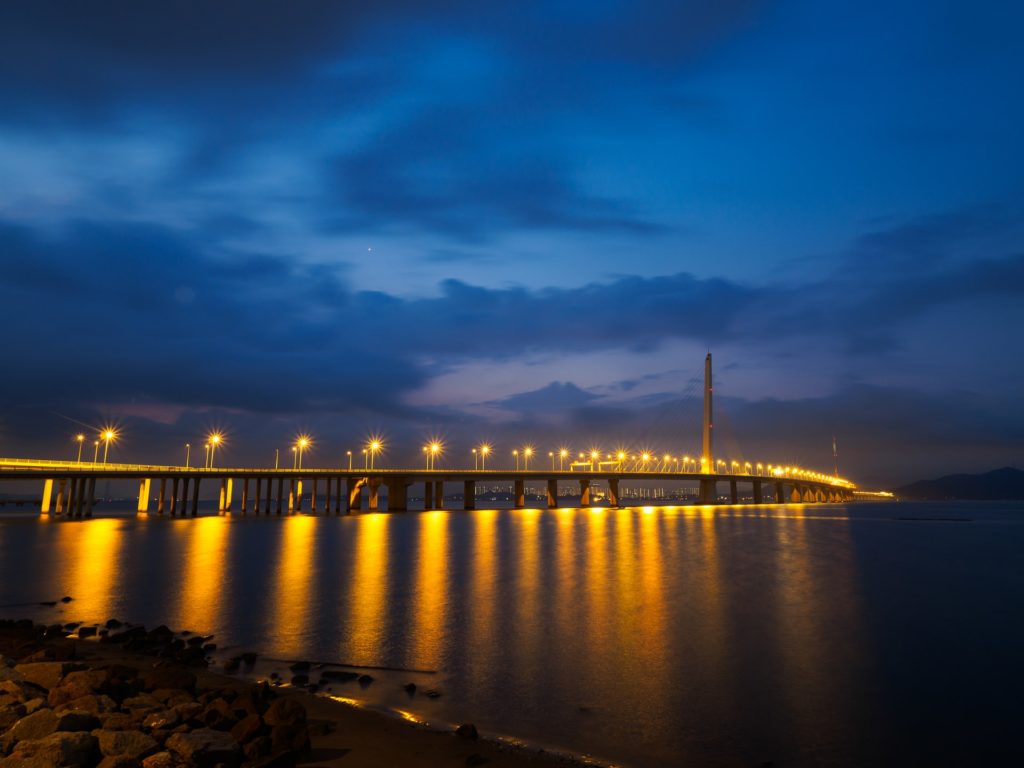
As seen in the image of the bridge above, you can comprise an entire image of small starbursts which can add so much interest to an otherwise dull photograph. However, make sure to use long exposure methods when shooting at night – otherwise, you may end up with a very blurry and/or underexposed photograph.
TIP: When using a tripod, turn any “image stabilization” or “vibration reduction” off – image stabilisation is only useful when your camera is handheld and it can actually do more bad than good if you're using a tripod.
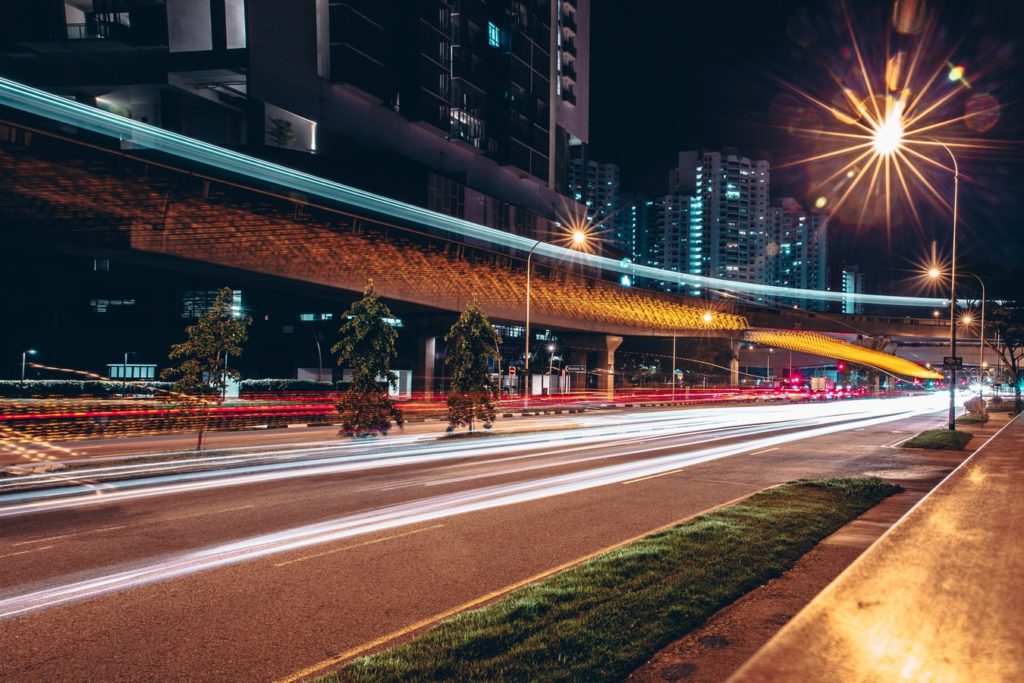
Starburst Effect From Reflected Light
Remember, any light source can produce a starburst – even reflected light. This technique is used widely in macro photography where dew drops on flowers reflect the sun, thus producing their own mini-starbursts throughout the image.
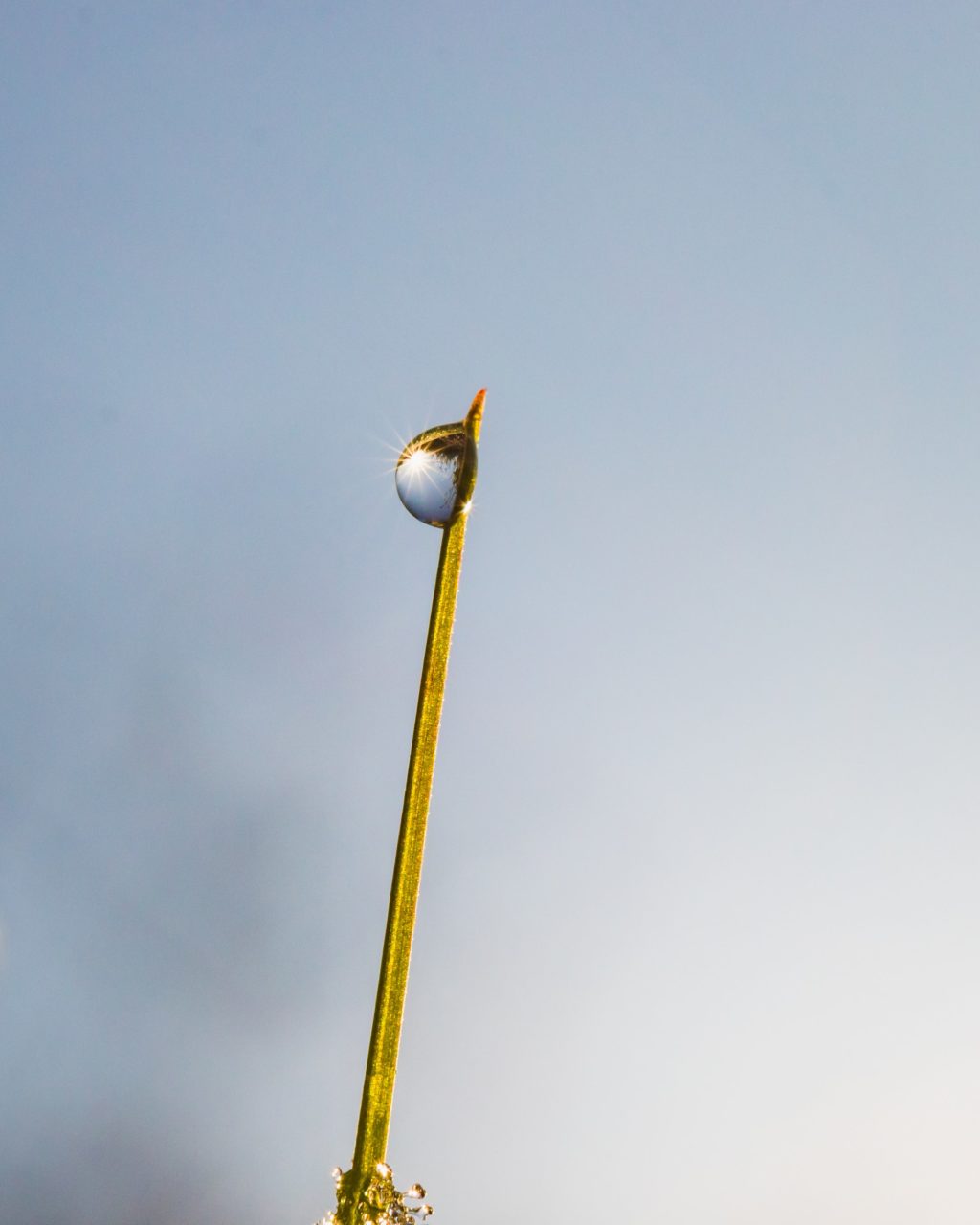
In the image above, you can see that the reflected starburst light is a huge focal point of the photo, which turned a common macro subject into a unique image.
Think Twice About Shooting At f/32
Reading all these great things about starbursts may persuade you to stop down beyond f/16 to obtain a very dramatic starburst. If you're concerned with sharpness, resolution, and overall image quality…this may not be the best idea.
You may have read previously that using a small aperture can actually be a bad thing if you push it too far. Generally speaking, lenses are their sharpest in the f/8 – f/11 range – known as the “sweet spot”. When you adjust your aperture wider or smaller than this, the overall quality can be reduced – this is more apparent on the smaller side (f/16 +) than it is on the wider side.
Starburst Filters
Some photographers even use the starburst filters which have a grid on their surface that create a starburst effect. While these filters are available, photographers can simply understand the process and create a starburst effect in camera without any external attachments or filters.
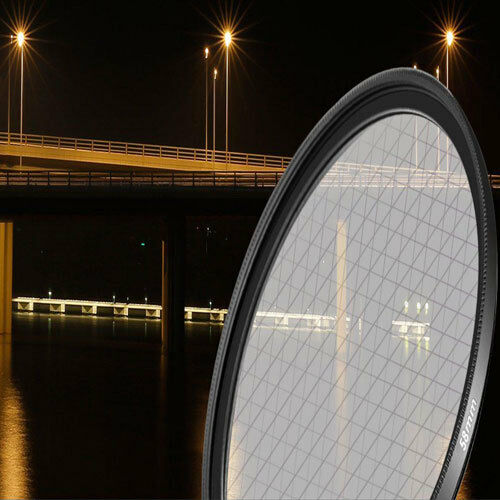
Some Useful Tips For Creating A Starburst Effect In Photographs:
- Bright sun helps with achieving a starburst effect. So look for bright light from the sun when it is not overcast. Evening sun can be a good subject to be included in the frame along with other foreground elements for a starburst effect.
- Use a tripod and remote trigger to avoid blur due to camera shake as you will be shooting at narrow aperture values.
- It is best to use manual focus to get all the elements including the starburst perfect in the frame.
- Use a narrow aperture value, preferably between f/16 and f/32 depending on what your camera-lens combination allows and the value at which the starburst effect looks beautiful, also taking into consideration the best aperture value that will render your image sharp as that is a very important factor in photography! The narrower the aperture, the bigger the starburst.
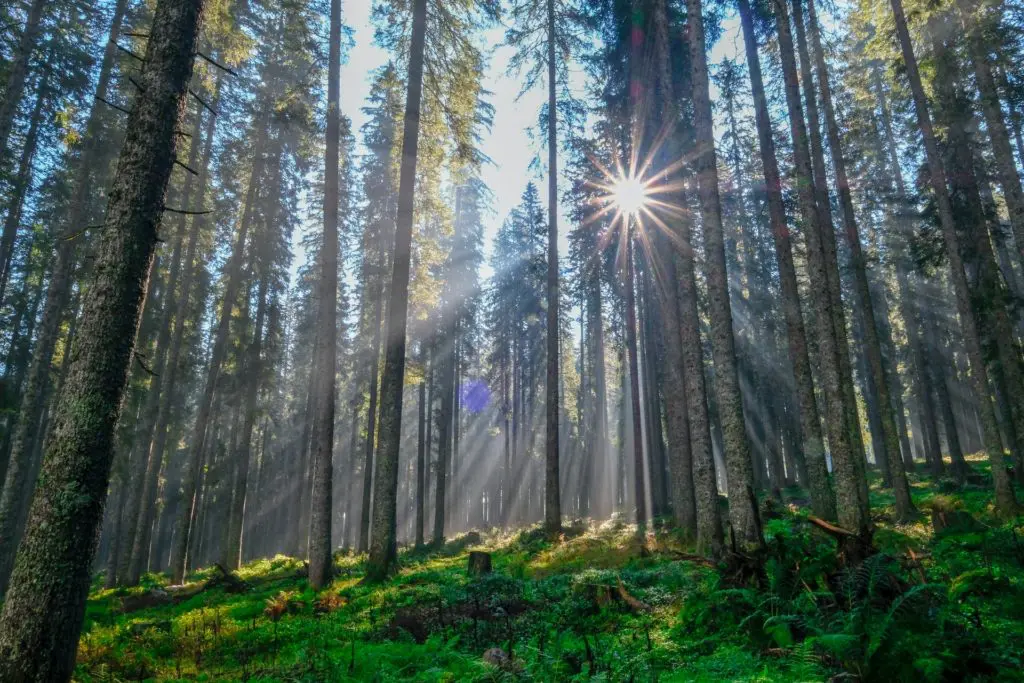
- To avoid much noise, shoot at low iso and this is possible if you have your camera on a tripod.
- Make sure you do not blow out your highlights. If you have a “Highlight alert” option in your camera, turn it on.
- One trick to create a starburst perfectly is to partially block the sun with another element in the frame.
- Do not expose your camera and lens towards direct sunlight for a long time as it can cause damage to your eyes and your gear.
- Remove any filters from the front of the lens if you have any as they can create unwanted effects.
Conclusion:
How far you should go is entirely up to you and what you consider a good photograph. Personally, I wouldn't go beyond f/16 unless the situation absolutely calls for it. There are plenty of beautiful images taken beyond this point – for example, the water drop image above was taken at f/20. You can see that the photo has a slightly reduced level of clarity to it, but the fantastic starburst captured outweighs this minor drawback. Experiment with different apertures to see what you consider an acceptable range.
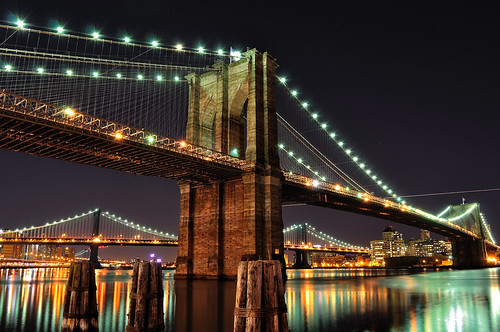





8 Comments
Love this technique – off to practice now!
Like this:
https://www.flickr.com/photos/natecochrane/6271937532/in/set-72157627832181331/
This is quantum mechanics and the wave nature of light at work leaving an interference pattern on the camera’s sensor but in simplest terms, the number of points is equal to twice the number of blades in the DSLR iris and is more pronounced at higher f/stops (i.e. closed-down apertures).
I should add, a symmetrical, even number of blades will produce the same number of points because they intersect.
Zoom in on the lights on this image of the Sydney Harbour Bridge and Coney Island and you will see the starburst effect in full.
https://www.flickr.com/photos/natecochrane/6017963778/sizes/o/in/photostream/
Thanks for this. I summer on the Cape every July and look forward to using these tips!
I am getting dull starburst effect on some of my images, one of the rays of the light is longer than the other. What could be the reason behind this? Thanks
how do I get a starburst on phone
Starburst also depends on the number of blades you lens has, a phone usually has 1 or 2 rounded blades, because of which you may not entirely see it happening. you while shooting in the night you should witness 2 rays from the light source, thats the maximum you could extract from phone for now. we dont have phones which can match DSLR pictures (atleast when it comes to sus-star or starburst photos.